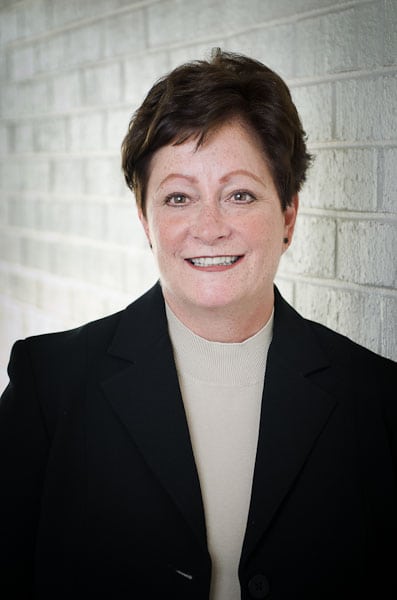 |
| Terri Douglas |
 |
| Christie Denniston |
Every marketplace is crowded with leaders, emerging players and those just trying to stay afloat. Yet how do you or your organization become a thought leader? Being a thought leader is not easy; it requires a great deal of focus and commitment. The path to becoming a thought leader is a true process. Being an industry thought leader is not about self-promotion or the pushing of products but rather focuses on education and collaboration on best practices for an industry or evolving market.
The first step in becoming a thought leader is determine what thought leadership “beachhead” you desire to claim. This is a great time to reflect on the value your organization provides to customers, end-users or other relevant target audiences.
Questions to Consider:
-
What is it that you can do that no one else can?
-
What makes your organization unique?
-
What key attributes can your team do that now one else can claim?
What Are the Components to a Thought Leadership Program?
After first determining what leadership position you want to own, it is time to turn your attention to developing and implementing a program using strategic public relations. A thought leadership program is made up of six key areas, none of which is more important than another. Each has their place within the overall thought leadership program. In addition, each of these elements should be executed in tandem with the others and not in a linear process. For instance, as communications professionals it is very easy to only want to focus on social media or even media relations. The six areas include:
-
Media Relations: This is typically what communicators think of first. Once you have determined your thought leadership beachhead all outbound communication and interaction with media should reinforce the organization’s key messages. We have an opportunity as communications professionals to self-publish our own stories. How often do you see entire news releases or blog posts shared as news?
-
Analyst Relations: Analysts play a unique role in the thought leadership position of an organization. Analysts are influencers—an important audience that can not only provide third-party credibility, but they are also are important for echoing a company’s leadership stance.
-
Strategic Messaging: It has been argued that this component is the bedrock of any effective thought leadership program. Strategic messaging which distinguishes a firm, company, school or non-profit from others should be interwoven into all company materials including: PR, marketing, advertising, Web site and social media. It is important to keep your messaging simple—remember we live in a word of where 140 characters is becoming too long.
-
Content Marketing: Relevant, quality content is like gold to journalists. In the past five years newsrooms and editorial teams have been cut by as much as half. This is an opportunity for communications professionals to contribute by-lined articles, blogs and Q&As. Organizations can begin to position themselves as thought leaders and subject matter experts by selectively targeting outlets which are relevant to their industry and contribute content.
-
Thought Leadership: We have a client who, on average, speaks at a tradeshow once a week throughout a given year. While this kind of commitment can be daunting. it has served the organization well in being positioned as a thought leader in their given industry. In addition, awards programs are vital to a company of any size.
-
Social Media: The intent of social media is to turn communication into interactive dialogue. One of my favorite expressions is, “It is all how you use it.” This could not be truer than with social media. Once an organization has built their cache of thought leadership content is it time to promote it via social media.
Being a thought leader is a process that must be constantly nurtured and developed. It does not happen overnight. Time and ongoing attention are needed every day. However, the most important aspect of a thought leader is acting like one—start today.
Terri Douglas is co-founder and principal, Catapult PR-IR. A veteran of the high-tech world, she has more than 25 year’s experience leading the PR/IR activities of industry leaders and emerging growth companies. Prior to Catapult, Douglas served as CEO and founder of Douglas Communications, Inc., an independent, full-service public and investor relations firm specializing in high-tech markets. You can reach her at TDouglas@catapultpr-ir.com.
Christie Denniston, APR, is senior director of client accounts, Catapult PR-IR. She is an accredited member of PRSA and brings a passion for excellence and more than 10 years of experience in public relations, marketing and corporate communications for Fortune 500 companies, start-ups and non-profit organizations. You can reach her at [email protected].
